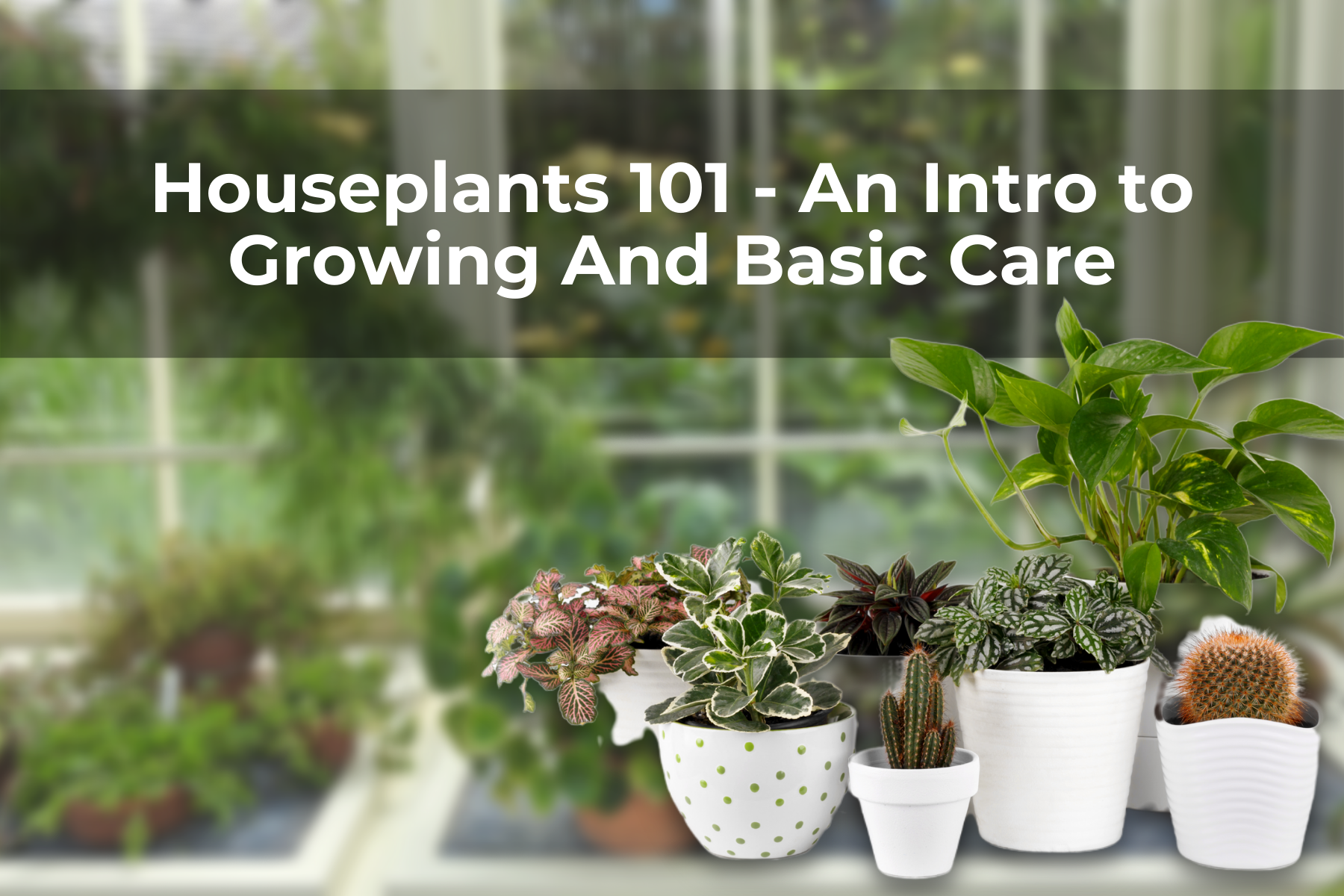Last Updated on April 9, 2024 by Real Men Sow
Houseplants are the perfect way to add a little green to your home. They help clean the air, purify your indoor environment, provide colourful shapes and colours, and much more. Despite the benefits, caring for your houseplants is essential to keep them alive. In this article, you will learn about care for your houseplants 101.
Pot plants and indoor plants are both common names for houseplants. They are primarily used for ornamental purposes in offices and homes. Houseplants are great ways to add a touch of green to your home. The only thing you need to decide is which type of houseplant would best fit in with your lifestyle. Numerous types of houseplants are suitable for different living spaces.
Critical Points in Growing Houseplants 101
Here are some things to keep in mind when growing your houseplants.
Pot covers are for decoration.
Drainage is essential for plants. This means that the plant must be able to drain from the bottom of the plastic pot. It is hard to tell if the plant is getting too much water or if it needs to be repotted. This can lead to root rot.
When Should You Repot
The plant will grow and must be repotted in a larger pot (5cm more diameter). If the roots curl around the pot’s edge, or if they grow into the base of your pot, it is likely that your plant has become pot-bound. Spring/summer is the best time to repot.
Window Does Not Equate to the Best Place to Place Houseplants
Although houseplants need sunlight, they don’t like direct sunlight. Indirect sunlight is better as it can burn their leaves. It will vary depending on the plant. However, keep an eye on your plants and move them if they become brown. Cacti, succulents and sansevieria are the best houseplants on a windowsill.
How Often Should You Water it?
Although many plants have a schedule for how often they should be watered each year, it is not always recommended. This depends on the plant’s environment, growth and season. You can test the soil to determine if your houseplant needs watering. Place your finger about 1 inch below the soil. If the compost sticks to your finger, then it is dry. Also, you can test the compost’s weight. A light plant will have dry soil.
The Sink is the Best Place to Water it.
Then, water the plant until it gushes. The plant should be left for at least 15 minutes before being put back on display. This will prevent root rot. Rainwater is also a good choice for them if they are available. They can react to chemicals in tap water. It is also a better idea to let tap water sit overnight before you water your plants. Many plants prefer to be watered from the top, but those with thick or hairy foliage that covers the compost prefer to be watered from the bottom (in a tray).
Many Plants Enjoy Mists
Humidity is essential for plants and can be used to compensate for indoor living. Don’t mist flowers or velvety leaves. You can also create humidity by placing your plant in a tray of gravel and water. As the water evaporates, the humidity will be created.
Feed Them During Warmer Months
In spring and summer, feed once per month. If it is colder, reduce the frequency to once every two or three months. Premixed feeds can be purchased. These provide you mix with water and then mist. Mist flowers and velvety plants with feed, just like normal misting.
General Guide to Sick Houseplants
Overwatering
They start to wilt and leave behind yellow growth. If you suspect you have overwatered the plant, allow it to dry completely before you start watering again.
Underwatering
The plant will also wilt, and the tips of the leaves will turn brown. Allow it to stand in water for 30 minutes, then drain it. You can also prevent it from submerging by misting.
Pests
Although there are many pests that you might be aware of, they are often treatable. The best way to avoid them is to keep your plants healthy.
Too much sun
They can cause leaf scorching (leaf burning). They can make the leaves turn brown and crispy.
Less Space As it Grows
The signs that your plant needs to be repotted include roots starting to show at the edges of the compost, yellowing or falling off leaves, and roots becoming visible. Repotting your plant at the start of spring is a good idea, as it will be doing most of its growth during the warmer months.

